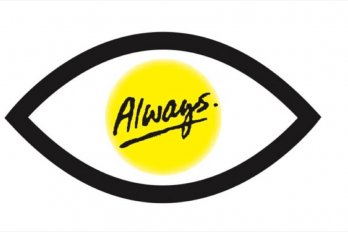Singapore—Singapore is a city-state devoted to consumption. As a character in Gone Shopping, a new film by Singapore director Wee Li Lin, declares, “Singapore is one big shopping centre… our work, leisure, culture, history, even nature, are all brought together, air-conditioned, and price-tagged.” But Parco Bugis Junction, the gleaming grand shopping complex that runs along stately Victoria Street, doesn’t particularly compel the faraway visitor looking to go local. Its bright setting and name-brand goods speak to an air-conditioned blandness reminiscent of any high-rent district in the globalized world. What is compelling, however, are the packed, smelly corridors of markets, stalls, and vendors that crowd nearby Albert Street. Here, one finds late capitalism in its humid back-alley reality: the loud, sweaty, bare-chested art of taking more than you give, from more people than the guy next to you.
On Albert Street, tourists and locals inch past mounds of bright and barbed local fruit; steaming, indeterminate meats; heaped calamities of children’s clothes and umbrellas and alarm clocks and women’s underwear and toothbrushes and toilet brushes; all manner of cheap goods and knock-offs, from the usual cases of imitation luxury watches to more idiosyncratic items like an Avril Lavigne CD (whose jewel-case art looks cut out and pasted in). Such commodities have also become familiar features of globalized living—if at lower-rent settings than the originals, waiting in chilled splendour one street over.
So what’s left for the bored First World shopper who already has everything? Along the Albert Street pedestrian mall, perhaps the ultimate Western knockoff: yourself, travel-sized. Seated alongside the discounted Disney toys and piles of Polo pillows are young men with the mien of art-school-dropouts-cumstreet-hustlers. A sign in front of a card table advertises the creation of a miniaturized three-dimensional likeness that “in both shape and spirit, is full of liveliness.” The medium is dough. Aware that the intended clientele must make connecting flights, the sign promises a quick job, a “20 Minuter.”
When he starts, it’s just the two of us and a palm-sized lump. As he shapes the dough—using plastic carving instruments arranged on his table like dental tools—a crowd gathers. Most look local. No one speaks. Everyone is busy eyeballing the original and its emerging copy, back and forth, back and forth, from every imaginable angle. The goateed sculptor plays it cool, ignoring the crowd. Moony, giggly schoolgirls watch his hands, thrilled by their skill. A homeless man climbs onto a rise at the back and makes encouraging jack-o’-lantern grins, hoping to add to the original’s liveliness. Ten minutes later, some seventy-five people are watching. A similar crowd gathers one table over, where a beefy American is grinning. Extra dough is needed for his likeness. As my sculptor finishes, the crowd evaluates me against my homunculus twin. I feel like a Gucci purse in a knock-off factory. Nods, smiles, frowns, and shrugs signal their satisfaction, disapproval, amusement, passing interest.
After pocketing twenty Singapore dollars, the sculptor places my miniaturized self in an elegant green display case. The crowd disperses, and I start back to my layover hotel. Rushing against a rainstorm about to bust through Singapore’s humid air, my doughy copy and I are stopped repeatedly by those who know from the green box that I’ve just been shopping for myself—I’ve just gone Singapore local.





